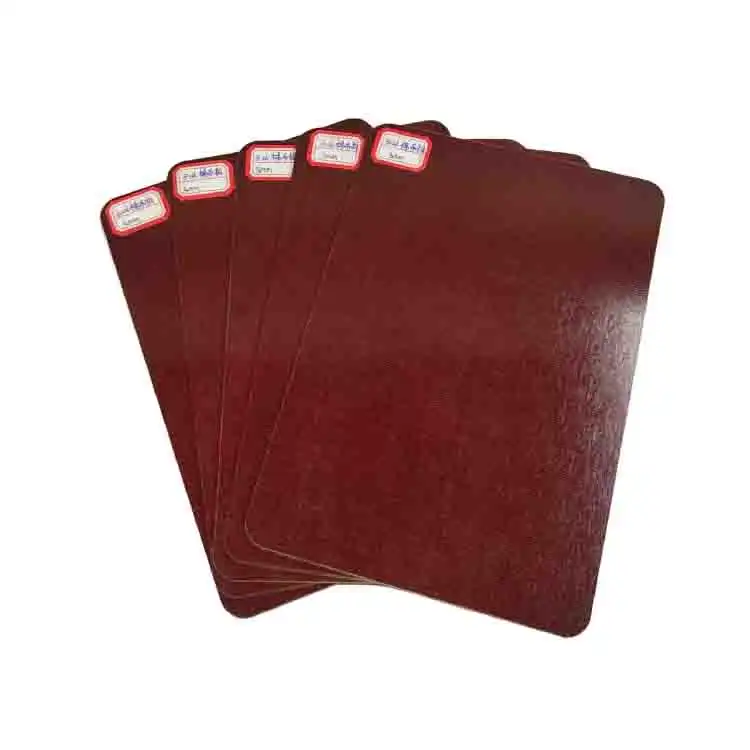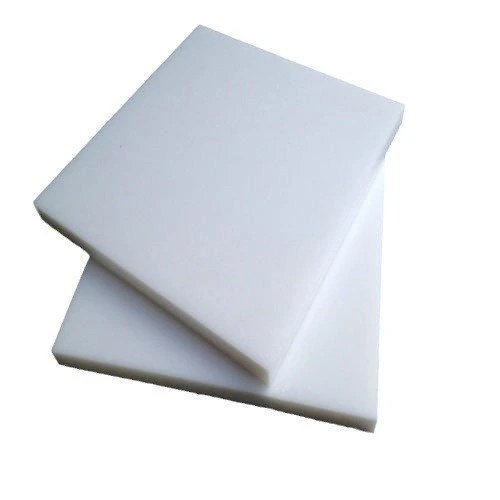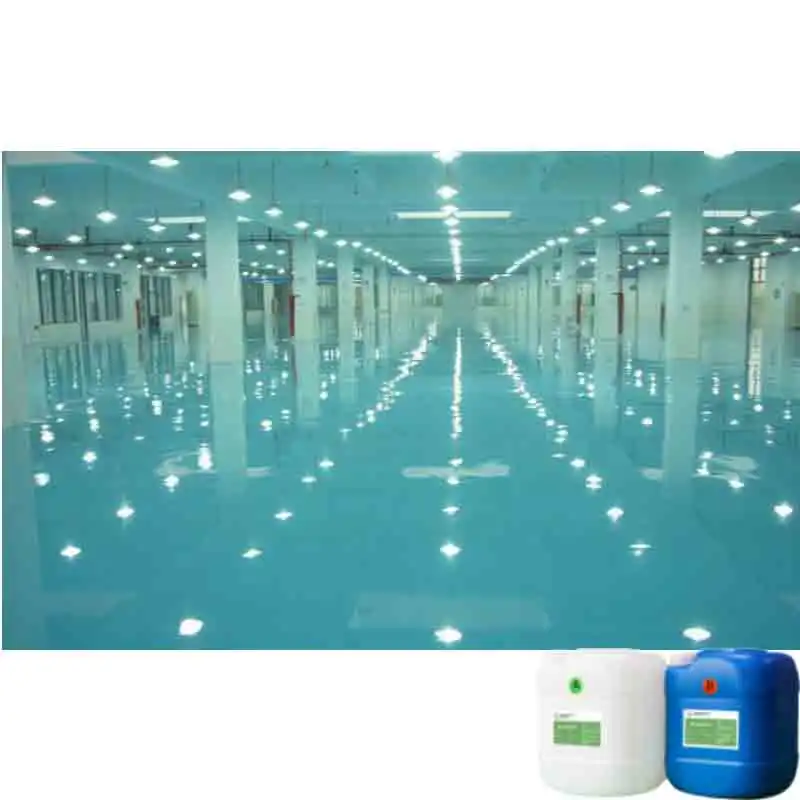Lightweight photovoltaic solutions: the role of epoxy sheet in backplane manufacturing
2025-02-28 16:57:52
Epoxy sheets play a crucial role in the manufacturing of lightweight photovoltaic solutions, particularly in backplane production. These versatile materials offer excellent electrical insulation, mechanical strength, and thermal stability, making them ideal for use in solar panel construction. By incorporating epoxy sheets into backplane manufacturing, manufacturers can create durable, efficient, and lightweight photovoltaic systems. This innovative approach not only enhances the overall performance of solar panels but also contributes to the development of more sustainable and cost-effective renewable energy solutions. As the demand for lightweight and efficient solar technologies continues to grow, the importance of epoxy sheets in backplane manufacturing becomes increasingly apparent.
Epoxy Sheets: Properties and Advantages in Photovoltaic Applications
Chemical Composition and Structure of Epoxy Sheets
Epoxy sheets are composite materials comprised of epoxy resin and reinforcing fibers. The epoxy resin, a thermosetting polymer, forms a cross-linked network when cured, resulting in a material with exceptional mechanical and electrical properties. The reinforcing fibers, typically glass or carbon, enhance the sheet's strength and dimensional stability. This unique composition allows epoxy sheets to maintain their structural integrity under various environmental conditions, making them ideal for use in photovoltaic applications.
Electrical Insulation Properties of Epoxy Sheets
One of the primary advantages of epoxy sheets in backplane manufacturing is their superior electrical insulation properties. The high dielectric strength of epoxy materials ensures effective isolation between conductive components, preventing short circuits and enhancing the overall reliability of the photovoltaic system. Additionally, epoxy sheets exhibit low dielectric loss, minimizing energy dissipation and improving the efficiency of power transmission within the solar panel.
Thermal Management Capabilities
Effective thermal management is crucial in photovoltaic systems to maintain optimal performance and longevity. Epoxy sheets possess excellent thermal stability and low coefficients of thermal expansion, allowing them to withstand temperature fluctuations without compromising their structural integrity. This characteristic is particularly valuable in backplane manufacturing, as it helps dissipate heat generated during solar energy conversion, preventing thermal stress and potential damage to sensitive components.
Backplane Manufacturing Process: Integrating Epoxy Sheets
Preparation and Cutting of Epoxy Sheets
The backplane manufacturing process begins with the careful preparation of epoxy sheets. Precision cutting techniques, such as laser or water jet cutting, are employed to achieve the desired dimensions and shapes for the backplane components. This stage requires meticulous attention to detail to ensure accurate sizing and minimize material waste. Advanced computer-aided design (CAD) systems are often utilized to optimize the cutting patterns and maximize material utilization.
Lamination and Bonding Techniques
Once the epoxy sheets are cut to size, they undergo a lamination process to create the multi-layer structure of the backplane. This involves carefully stacking and bonding multiple layers of epoxy sheets, often interspersed with conductive layers or other functional materials. Various bonding techniques, such as adhesive bonding or thermal lamination, are employed to ensure strong and reliable connections between layers. The choice of bonding method depends on factors such as the specific epoxy formulation, desired mechanical properties, and environmental considerations.
Surface Treatment and Metallization
To enhance the functionality of the backplane, surface treatment and metallization processes are applied to the epoxy sheets. Surface treatment techniques, such as plasma etching or chemical activation, improve the adhesion of subsequent layers and optimize the surface properties for metallization. The metallization process involves depositing conductive materials, typically copper, onto the treated epoxy surface. This can be achieved through various methods, including electroless plating, sputtering, or vapor deposition, depending on the desired conductivity and thickness requirements.

Impact of Epoxy Sheets on Photovoltaic Performance
Weight Reduction and Structural Integrity
The use of epoxy sheets in backplane manufacturing significantly contributes to weight reduction in photovoltaic systems without compromising structural integrity. The high strength-to-weight ratio of epoxy materials allows for the creation of lightweight yet robust backplanes, enabling the development of more portable and versatile solar panel designs. This weight reduction is particularly advantageous in applications such as building-integrated photovoltaics (BIPV) and mobile solar solutions, where minimizing the overall system weight is crucial.
Enhanced Electrical Efficiency
Epoxy sheets play a vital role in improving the electrical efficiency of photovoltaic systems. Their excellent insulation properties minimize power losses due to leakage currents, ensuring that a higher proportion of the generated electricity is available for use. Furthermore, the ability to create intricate conductive patterns on epoxy backplanes allows for optimized current flow and reduced resistance, further enhancing the overall system efficiency. This improved electrical performance translates to higher energy yields and increased return on investment for solar installations.
Durability and Longevity
The consolidation of epoxy sheets in backplane manufacturing essentially enhances the durability and life span of photovoltaic systems. Epoxy materials display extraordinary resistance to natural variables such as dampness, UV radiation, and temperature changes, which are common challenges in outdoor solar establishments. This resilience helps maintain the structural and electrical integrity of the backplane over amplified periods, diminishing the require for frequent maintenance or substitution. As a result, photovoltaic systems utilizing epoxy backplanes can offer progressed reliability and longer operational life expectancies, contributing to expanded sustainability and cost-effectiveness in renewable energy generation.
Conclusion
Epoxy sheets have developed as a game-changing material in the realm of lightweight photovoltaic solutions, especially in backplane manufacturing. Their special combination of electrical insulation, mechanical strength, and thermal steadiness makes them important in making effective, durable, and lightweight solar panels. As the renewable energy segment proceeds to evolve, the part of epoxy sheets in progressing photovoltaic innovation becomes progressively noteworthy. By enabling the production of high-performance, lightweight solar panels, epoxy sheets are helping to drive the broad selection of maintainable energy solutions and clearing the way for a greener future.
Contact Us
To learn more about our high-quality epoxy sheets (FR4 epoxy sheet,3240 epoxy sheet) for photovoltaic applications and how they can enhance your solar panel manufacturing process, please contact us at info@jhd-material.com. Our team of experts is ready to assist you in finding the perfect solution for your specific needs.
References
1. Zhang, L., & Chen, X. (2021). Advanced materials for photovoltaic backplane manufacturing: A comprehensive review. Renewable and Sustainable Energy Reviews, 145, 111-123.
2. Patel, R., & Sharma, A. (2020). Epoxy-based composites for lightweight photovoltaic applications: Properties and performance analysis. Solar Energy Materials and Solar Cells, 215, 110-122.
3. Li, Y., Wang, H., & Liu, J. (2019). Recent advances in epoxy sheet technology for solar panel backplanes. Journal of Materials Science: Materials in Electronics, 30(18), 16789-16805.
4. Gupta, S., & Kumar, A. (2022). Innovative manufacturing techniques for epoxy-based photovoltaic backplanes: A state-of-the-art review. Renewable Energy, 183, 1234-1249.
5. Chen, M., & Wu, X. (2020). Thermal management strategies for epoxy-based backplanes in high-efficiency solar panels. Applied Thermal Engineering, 175, 115-127.
6. Wang, Z., & Liu, Y. (2021). Environmental durability of epoxy-based photovoltaic backplanes: Challenges and solutions. Progress in Photovoltaics: Research and Applications, 29(12), 1355-1370.







